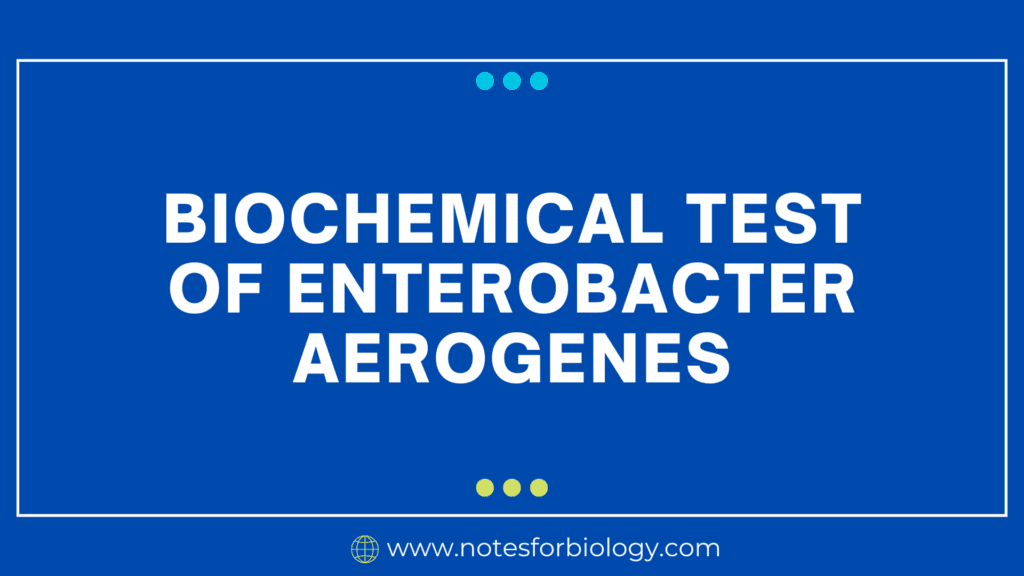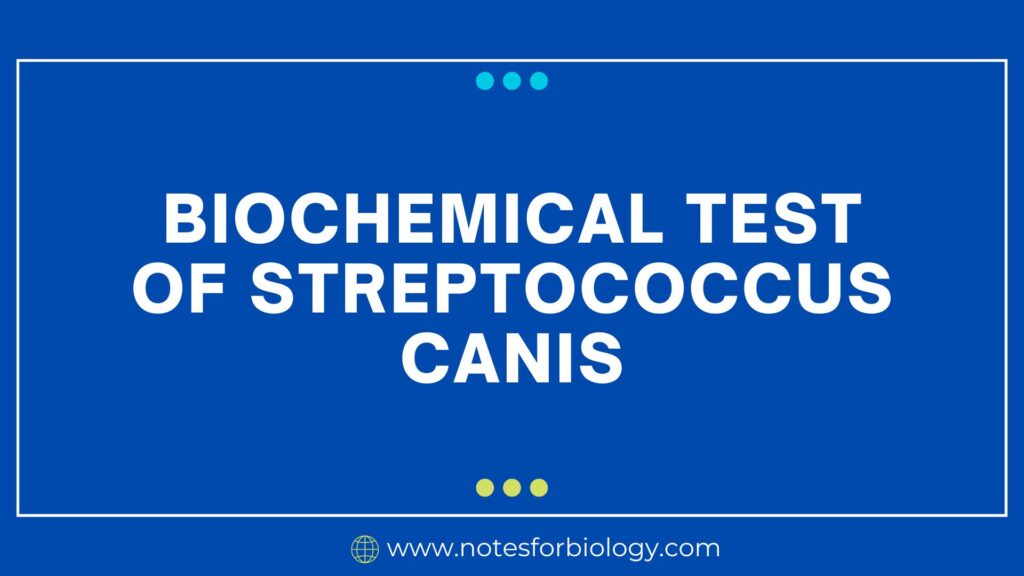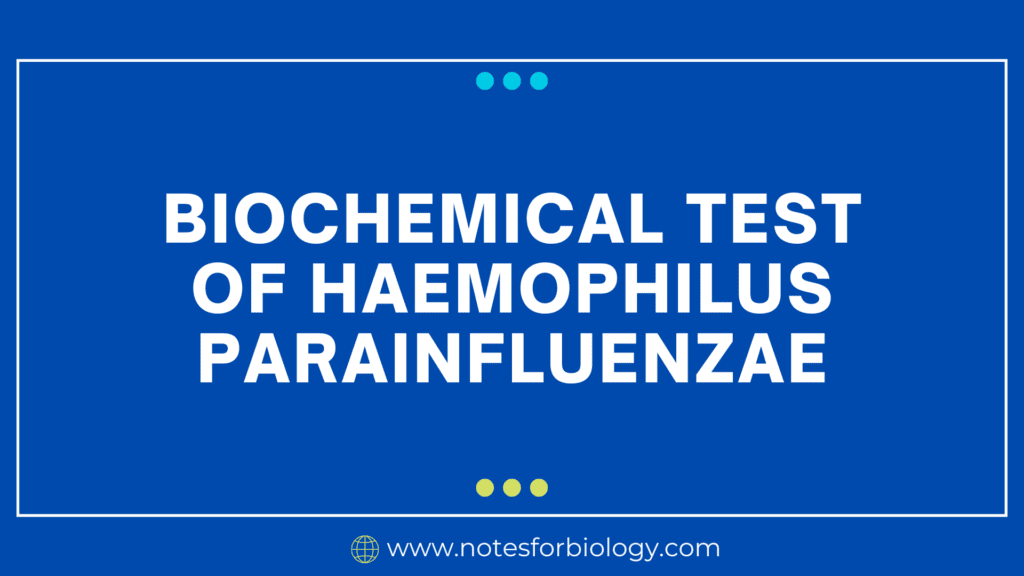Enterobacter aerogenes is a Gram-negative, oxidase-negative, catalase-positive rod that is motile and capable of fermenting lactose and glucose (with gas production). It tests positive for Voges-Proskauer and citrate utilization but negative for indole production, methyl red, urease, and hydrogen sulfide production. These biochemical characteristics help distinguish Enterobacter aerogenes from other Enterobacteriaceae.

Table of Contents
Definition of Enterobacter aerogenes
Enterobacter aerogenes is a Gram-negative, rod-shaped bacterium belonging to the family Enterobacteriaceae. It is commonly found in the environment, including soil, water, and sewage, as well as in the gastrointestinal tracts of humans and animals.. Eaerogenes is known for causing various nosocomial (hospital-acquired) infections such as urinary tract infections, respiratory infections, wound infections, and bacteremia, particularly in immunocompromised individuals and hospitalized patients. It is notable for its multidrug resistance, complicating treatment efforts.
Biochemical Test of Enterobacter aerogenes
Indole test
This test detects the ability of bacteria to break down the amino acid tryptophan and produce indole. E. aerogenes is indole-negative, meaning it cannot produce indole.
Methyl red test
This test differentiates between bacteria that ferment glucose to produce acidic end products (methyl red positive) and those that ferment glucose to produce neutral end products (methyl red negative). E. aerogenes is typically methyl red-negative.
Voges-Proskauer test
This test is similar to the methyl red test but detects the production of neutral end products like acetoin. E. aerogenes is Voges-Proskauer positive, indicating it can produce acetoin.
Citrate utilization test
This test determines a bacterium’s ability to utilize citrate as an energy source. E. aerogenes is citrate positive, meaning it can use citrate for growth.
Gram Staining
The outcome is Gram-negative. It appears as pink rods because of its thin peptidoglycan coating, which does not allow the crystal violet stain to stick to it.
Urease Test
The outcome is negative. The urea agar slant does not change color because it does not manufacture the urease enzyme.
Hydrogen Sulfide Production Test
The outcome is negative. Since it does not create hydrogen sulfide, the media do not form black precipitate.
Motility Test
The outcome is positive. The diffuse development of it away from the stab line in semi-solid agar indicates that the bacteria are motile.
Lactose Fermentation Test
The outcome is Positive. Lactose is fermented by it, which produces acid and turns MacConkey agar pink.
Glucose Fermentation Test
The outcome is positive. The fermentation of glucose by its results in the formation of gas and acid, which can be seen in phenol red glucose broth or a Durham tube.
Enzymatic Reactions
| Arginine Dehydrolase | Negative (-ve) |
| Esculin Hydrolysis | Positive (+ve) |
| Gamma-Glutamyl transferase | Positive (+ve) |
| ONPG (β-galactosidase) | Positive (+ve) |
| Ornithine Decarboxylase | Positive (+ve) |
| Phenylalanine Deaminase | Negative (-ve) |
| Tetrathionate reductase | Negative (-ve) |
Frequently Asked Questions
Where is Enterobacter aerogenes commonly found?
This can be found in soil, water, sewage, and plant material. It is also present in the intestines of humans and animals.
What types of infections does Enterobacter aerogenes cause?
It is known to cause various hospital-acquired infections, including urinary tract infections (UTIs), respiratory infections, wound infections, and bacteremia.
What is Enterobacter aerogenes?
It is a Gram-negative, rod-shaped bacterium belonging to the family Enterobacteriaceae. It is commonly found in the environment and the gastrointestinal tracts of humans and animals.
Related Articles



